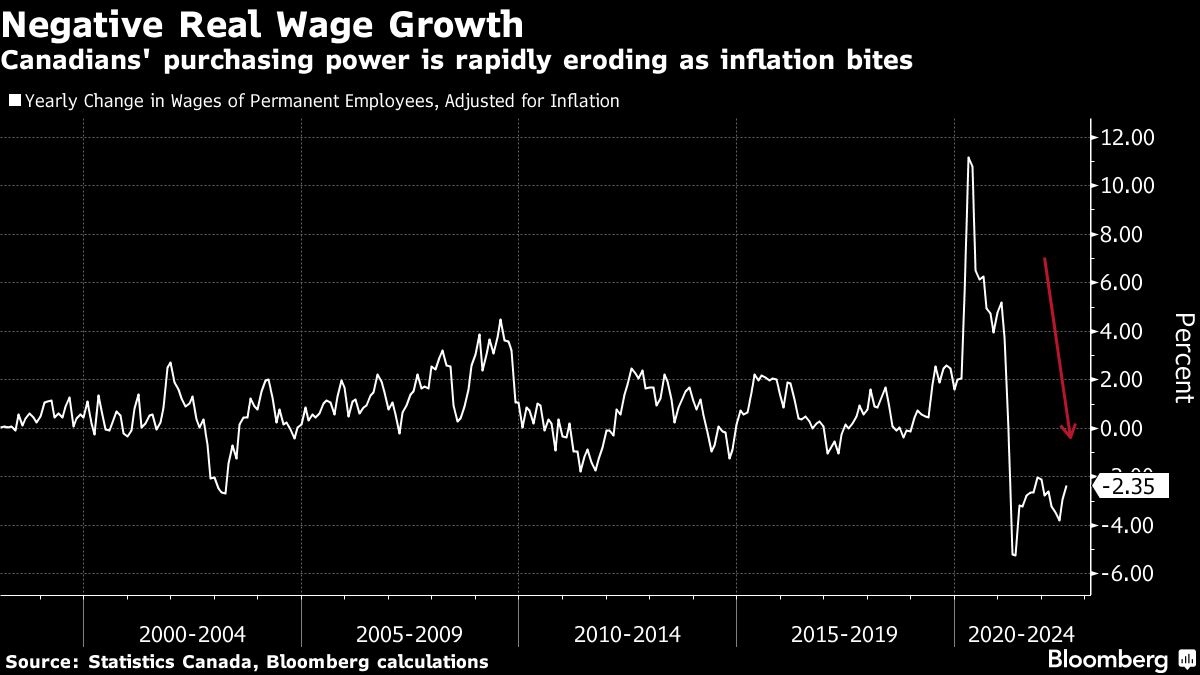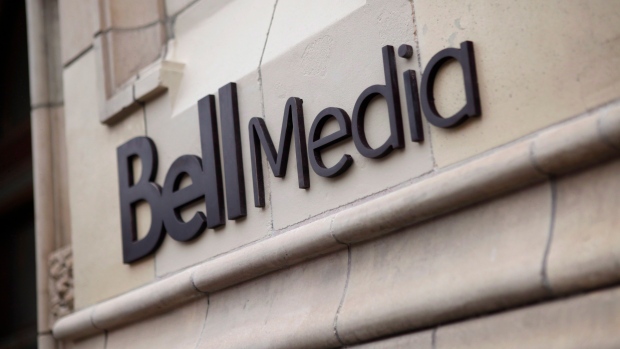As anti-LGBTQ+ legislation targets youth in other states, a trans teen in tolerant Hawaii experiences the growing pains of simply growing up.
BY BRUCE MIRKEN
AUGUST 26, 2022
Transgender youth have been in the news a lot this year—or, to put it more accurately, adults legislating and pontificating about trans youth have been in the news a lot. A recent CNN analysis found that 2022 is already a record year for anti-LGBTQ+ legislation at the state level, with most of the bills targeting “transgender and nonbinary people, with a particular emphasis on trans youth.”
Twenty-one states have considered legislation restricting gender-affirming health care for young people, and two states, Arizona and Alabama, have passed such measures. In Texas, Governor Greg Abbott has ordered state agencies to investigate parents for child abuse if they provide gender-affirming care to their trans children. Many of these policies have been challenged in court, and in some cases temporarily or partially blocked, but the legal and legislative fights rage on.
Percival Best lives in a state without any anti-trans laws. A resident of Hilo, Hawaii, Best is a seventeen-year-old trans boy with plenty of thoughts and opinions. But most of his days aren’t consumed with politics; they’re spent living his life and trying to be his authentic self in a world that doesn’t always understand him.
Percy grew up as most transgender people do: trying to fit into the gender expectations of everyone around him, despite the fact that the gender he was assigned at birth never felt right. “I always felt uncomfortable,” he recalls. “I rebelled against every single authority most of my childhood.”

Courtesy Percival Best
Percival Best
His feelings began to crystallize when he was about twelve. “I always felt like I wasn’t myself, like I was playing a role” by dressing and attempting to behave in a stereotypically feminine way, Percy says. “When I look back at my childhood, it feels like I’m watching a movie where I can relate to the characters, but it’s not me.”
Wearing traditionally feminine clothing or jewelry would trigger gender dysphoria—the discomfort trans and nonbinary people experience when the gender they were assigned at birth is misaligned with their gender identity. “It basically just feels like every cell in your body’s going to throw up,” Percy says.
“I knew I felt like a boy,” he recalls, but then he would look at his body and think, “I was born a girl so I’ve got to be a girl. I’ve got to accept my fate just until I die. Then I can be a boy.”
Fortunately, those morbid feelings that are all too common among trans teens—especially without gender-affirming care—didn’t last. After searching online and exploring queer identities, he discovered what it meant to be transgender and realized it applied to him. It meant that “I don’t have to be uncomfortable my whole life,” he adds.
That’s when he chose the name Percival, his favorite character from Arthurian legends. His parents had given him a Hindu name that was gender-neutral, but he wasn’t that fond of it and wanted to define his own identity.
Percy’s parents were resistant: “My mom wanted my hair to be really long. I would cut it sometimes, just a little, and she would get really mad at me. And when I eventually did cut my hair really short, she started crying. . . . She’s like, ‘But why did you cut your hair? It’s so pretty. You’re going to regret it.’”
“I didn’t regret it,” he says. “I still don’t regret it.”
Percy says his mother’s Hindu faith was initially a barrier to acceptance. Believing in reincarnation, she felt that her child was born a girl because that’s what he was supposed to be.
So to please his mom, Percy made another try at being a girl. “It lasted less than a week,” he remembers. “I was like, ‘This sucks,’ and I went back to wearing my normal clothes, and then I cut my hair.” He immediately felt more comfortable. And, over time, he’s learned to relax about it more and to put less of a conscious effort into looking masculine. “I just talk how I want, dress how I want, have my hair how I want. If people use the wrong pronouns, I just correct them.”
His parents have become more accepting too, even if they’re not exactly enthusiastic. And while at seventeen he hasn’t yet begun any sort of medical transition, they’ve offered to use the family’s health insurance toward top surgery when the time comes. He’s also thinking about taking testosterone, but right now, Percy’s top priority is simply living his life.
In the last two years, Percy’s interest in theater and participating in the Hilo Community Players theater has brought a new set of friends who have accepted him. He got his first taste of acting in 2014. “I was not a very good actor, but I liked it a lot,” he remembers.
This summer, he played Adrian in a Shakespeare in the Park production of The Tempest. The year before, he played Romeo in the KidShakes version of Romeo and Juliet (asked about whether he enjoyed playing a romantic leading man, he says, “Nah, Romeo’s a whiner”). His work in theater helped relieve the anxiety and depression that had built up when the pandemic hit and caused him to spend a lot of time in isolation.
Percy mostly focuses on his own life and future, not the politics of anti-trans hate.
Difficult as that pandemic-induced isolation was, it helped Percy let go of trying to be what others wanted him to be. “I was kind of forced to reflect and be with myself for a bit . . . My whole life was just trying to make other people happy and be a person that other people wouldn’t hate.” Now he feels like he’s setting his own course.
Fortunately, he’s doing it in a state that has generally been supportive of transgender residents. In June, Governor David Ige signed a series of LGBTQ-friendly bills into law, including one that bars insurance companies from denying gender-affirming care. “All health care services related to gender transition treatments,” the bill states, “shall be considered medically necessary and not cosmetic.”
Medical organizations such as the American Academy of Pediatrics (AAP) have unambiguously opposed actions such as the executive order in Texas.
As AAP and its Texas chapter put it, “For young people who identify as transgender, studies show that gender-affirming care can reduce emotional distress, improve their sense of well-being and reduce the risk of suicide.” In an official statement, the Harvard Law Review was even more blunt: “While Texas politicians cry child abuse, the real abuse lies in denying youth the necessary care prescribed to them by their doctors.”
But Percy mostly focuses on his own life and future, not the politics of anti-trans hate. His immediate plans include college, then perhaps working in a bakery and going to confectionery school to learn how to be a pâtissier. And he wants to take a turn as a line cook in a restaurant. (Restaurants, he notes, are “a bit like theater.”) He has also considered getting into local politics at some point “to make some difference, at least in the city that I live in.”
He talks enthusiastically about things like community gardens and local food production—a serious issue in Hawaii, a lush place with a year-round growing season that produces no less than 20 percent of its own food—and how U.S. cities are too car-centric.
Asked what he might say to anti-trans officials, Percy first responds that trying to change their minds is probably hopeless. But he’s not averse to trying to educate the public, and eventually circles around to a message for politicians as well: “God loves all of us. Part of loving people is accepting that some people need help in ways that you don’t, and understanding that we all have different experiences [and] we can’t speak for other people.”
The bottom line, he says, is that “People act like it’s a bigger deal than it is. Most trans people are just trying to live.”








